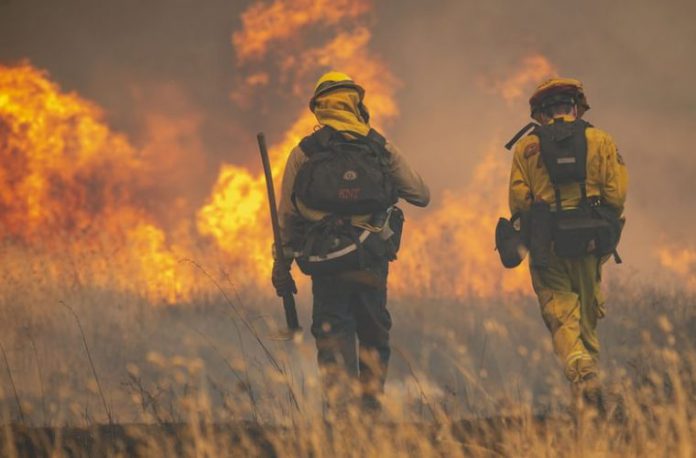Three scientists explain the unprecedented danger facing the western US and call for new solutions to a growing threat
California is no stranger to fire. The temperate winters and reliably dry summers that make the Golden state such an attractive place to live are the same conditions that make this region among the most flammable places on Earth.
But even for a region accustomed to fire, the continuing wildfire siege has proven unprecedented. Although it is only early August, numerous very large, fast-moving, and exceptionally intense fires have already burned vast swaths of land throughout the state – consuming hundreds of thousands of acres and thousands of homes and claiming at least nine lives, including four firefighters. State and national firefighting resources are stretched to their limits; choking smoke inundated the state capital of Sacramento; and much of Yosemite national park is closed indefinitely.
California’s governor, Jerry Brown, has characterized these devastating wildfires as California’s “new normal”. But it would be a mistake to assume that the region has reached any semblance of a stable plateau. Instead, the likelihood of large, fast-moving, and dangerous wildfires will continue to increase in the coming decades – and it will combine with other demographic and ecological shifts to produce a large increase in the risk of megafires that threaten both human lives and the ecosystems we depend upon.
Fueling the fires
Immediately on the heels of California’s deadliest and most destructive fire season, just a year ago, the early ferocity of 2018 has unnerved even veteran firefighters. While the number of fires in California to date is unremarkable, the total area burned is extraordinary: five times the five-year average, in a decade that has already been characterized by fire activity well above historical levels.
The causes are complex, and people are part of the problem. In 1980, 24 million people lived in California; today there are nearly 40 million. Much of this population growth has occurred outside of the dense urban core of cities, resulting in rapid expansion of housing in suburban and semi-rural areas adjacent to wildlands.
Of the tens of thousands of homes burned by wildfires in California in recent decades, nearly all were located in this suburban-rural borderland. With housing shortages and high prices plaguing cities throughout the state, it is unsurprising that residents build on the fringes, places often replete with natural beauty. Yet residents are often unaware of the risks inherent in living there, and the need to mitigate those risks accordingly – their lives may depend upon it.







